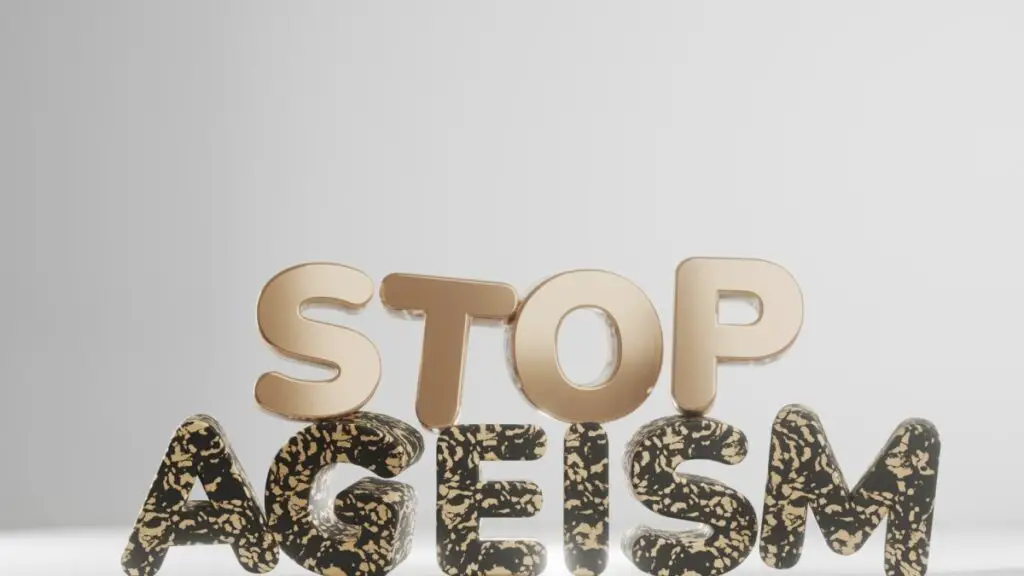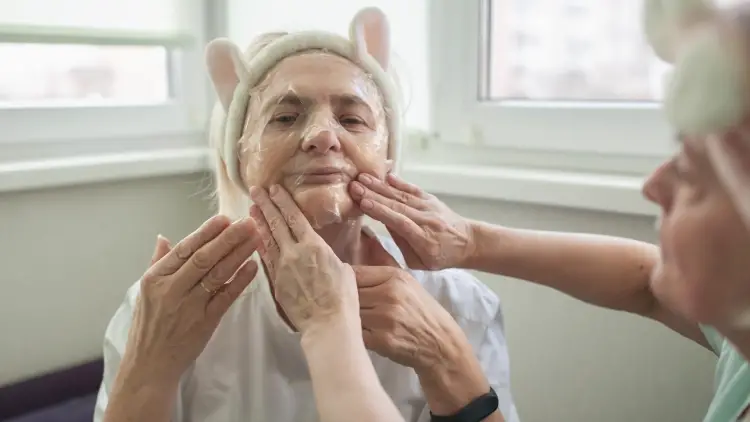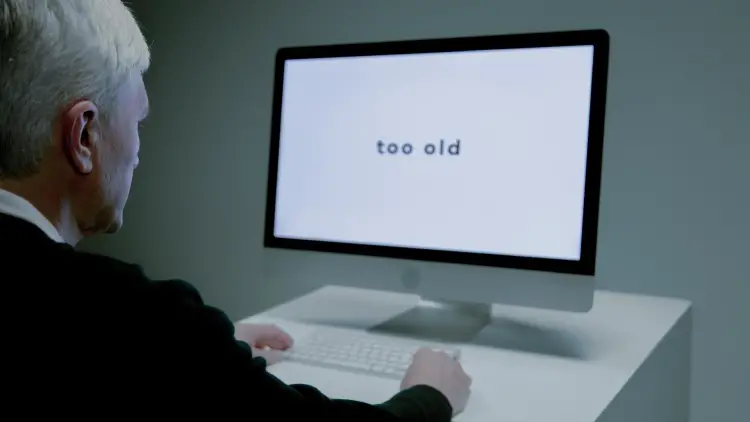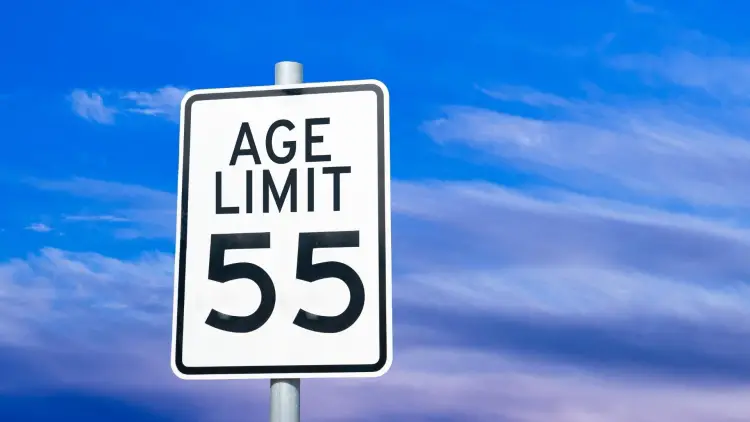Ever called anybody a “Boomer” or a “Millennial“? If the answer is yes, then you could be ageist. Ageism is one of the most widely held prejudices affecting society today, even if it’s unintentional, which it most often is. Ageism is the practice of stereotyping or discriminating against individuals based on their age.
What is interesting about the phrase “ageism”, is that when Robert Butler coined the term in 1969, he intended the word to describe discrimination against seniors. It is important to note that Butler focussed mainly on old age discrimination and not so much on stereotypes.
Only later, did the word come to include age discrimination and stereotyping against younger people, criticising practices like creating age categories for drivers’ licences and owning firearms. Today, any decision or action that considers age is considered ageist. For instance, many observers point to widespread ageism practised during the Covid-19 pandemic when preferential access to healthcare was granted to seniors, denying younger individuals the same rights.
Ageism is a sensitive topic, and we delve into it with full recognition that it can be quite a minefield. This article fully recognises that all age groups are affected by ageism but will focus on how ageism affects seniors.
But Age is Real
Ageism does not deny age as a physical reality. It seeks to decouple individuals from being uniformly treated as if they are less capable because of their age. When referring to a group of people over 60 as seniors, it’s important to note that there could be individuals ranging from 60 to 100 with various levels of health, frailty, and physical and mental ability, the same as for the age group of individuals between 20 and 60.
At its core, ageism seeks to create a system where every individual is assessed on their ability and does not fall victim to mental preconceptions regarding the group.
The Effects of Ageism
Ageism is a form of systemic oppression and can affect anyone. The main negative consequence of ageism is its effect on seniors’ physical and mental health. Those most adversely affected by ageism may even face higher mortality rates.
Ageism is also associated with increased social isolation and loneliness and can be a driving force behind mental health problems by creating a sense of worthlessness.
There also exists a correlation between ageism and financial insecurity. Many seniors have higher healthcare costs while not having the same income as younger individuals.
Decreased quality of life is also often cited as an effect of ageism on seniors because they do not enjoy the same levels of mobility, freedom and physical health as younger individuals. The problem is that the world is physically structured to accommodate people who can walk far and without needing to use the bathroom as often as others.
The UN reports that ageism also increases risky health behaviours such as eating an unhealthy diet, smoking or drinking excessively. The same report states that ageism annually costs the United States an estimated 63 billion dollars.
How Ageism Negatively Affects Older Adults
Negative Stereotypes
Many older people, who would otherwise be capable of living productive and fulfilling lives, suffer from negative stereotypes that prevent them from enjoying healthy, happy, and fulfilling lives.
Research shows that reminding someone of how old they are, causes them to become physically more stiff and rigid.
So seniors are often treated like children. They often feel patronized, infantilized and ignored. In many ways, this site seeks to dispel aging biases.
Being treated differently or even expecting to be treated differently simply because of your age affects your health. Seniors are less likely to live a healthy lifestyle and recover from illness.
Pressure to Look Younger
There is too much pressure to look younger. People undergo painful procedures to receive facelifts, Botox shots, liposuction and other forms of cosmetic surgery. No one should feel they are not good enough because of their age or physical appearance.
I said we at Elder Guru seek to dispel aging biases, but even we are guilty of promoting the notion that seniors should strive to look youthful through publishing articles on laser skin tightening for seniors and anti-aging skin care strategies. Of course, we’re also responding to readers’ interests. It’s a difficult balance!
The truth is that many people hold negative stereotypes about seniors and view them as bad drivers, forgetful and unable to live independently. We have created this societal bias against aging and have lost touch with what aging is and what it means.”
Facing Negative Perceptions
Studies show that society thinks negatively of older people. Older people are more likely to be ignored when presenting their ideas, and their work is seen as inferior to that of younger colleagues.
People are reluctant to believe that they will also face prejudice as they age, so they ignore the problem. We should reshape our image of ageing and embrace seniors’ wisdom, skills, and experience.
The over 65-year-old population will double in the next 40 years, meaning seniors will make up more of the workforce.
Health Crisis Exacerbated
The second largest and most important age group in the US is being ignored, and ageism is contributing to a devastating health crisis among seniors. Seniors face many difficulties, both physical and mental. Their health is declining due to isolation and public ignorance.
Unfortunately, many people become trapped in their life and lose their independence. Their family, society and healthcare providers tend to ignore their health issues as they consider them part of the aging process.
Sadly, the health risk associated with ageism can make seniors more susceptible to chronic conditions, such as osteoporosis, arthritis, cardiovascular disease, cancer and hypertension.
Lack of medical treatment and access to healthcare facilities exacerbated the problem.
Types of Ageism
Dr Robert Butler, who pioneered the field of Ageism, identified the four main types of ageism. In his seminal article published in 1969, Butler declared ageism, “another form of bigotry”, writing that it stemmed from a personal revulsion and distaste for growing old and that it would parallel racism as a social issue.
Personal Ageism
One of the main factors for successful ageing is to accept ageing as a physical reality. Many people, however, are uncomfortable with ageing and try to deny it by adopting active and passive ageism. Active ageism is when people intentionally treat others differently because of fear or discomfort of getting older. Personal ageism is a growing field and we should expect more research in the coming years as we learn more about the process of getting older.
Institutional Ageism
As America has aged, the perception of older workers in the workplace seemed to shift. The working population of Americans 55 and older has more than doubled in the past three decades. Today, 15% of Americans are over age 65, but by 2026, that number will be closer to 19%. In contrast, the total population of the US is expected to grow from 320 million to 340 million in the same time frame.
The ageing of America and the retiring workforce have helped to create a negative stigma for senior citizens and their place in the workforce. “You are too old” or “you won’t be as valuable” are phrases heard every day. Seniors are challenged by ageist attitudes and biases in many spheres of life – including employment.
Older adults are among the most innovative, curious, and entrepreneurial groups in the US. The potential of this segment to make meaningful contributions to the American economy is enormous.
Employment of older workers is an issue of critical national importance – with wide-reaching effects on the economy, productivity, social well-being, and quality of life.
Intentional Ageism
Intentional ageism happens when we think older people can’t do certain tasks or when we propagate stereotypes about seniors. Understand and be aware of the age-related stereotypes and limit your use of them.
Imagine how you would feel applying for a job but being told you are too old. Fortunately, more and more employers are looking beyond a candidate’s age and are instead judging them on their abilities and skills.
Unintentional Ageism
Many people don’t realize that the jokes about older people are contributing to a culture of ageism. And even though most ageism is unintentional, it’s still real. Much of the ageism experienced in everyday life is unintentional – also called implicit bias. Because we are bombarded with stereotypes from an early age, we often don’t even realise that we are participating in bigotry.
Many seniors are part of the problem, perpetuating these biases on their children and grandchildren.
Addressing Ageism
We must become aware of ageism and how it affects the way we think of others and the way it affects how we treat seniors.
We’ve all experienced or participated in unintentional ageism at some point in our lives.
Respect and understanding have almost no financial cost, but can help us reap potential benefits that we are mostly unaware of.
And while social values need to change, we as individuals have to recognise that change starts with us. It is sometimes hard to distinguish ageism from the harsh realities of ageing. As stated previously, ageism doesn’t seek to deny biological realities but rather asks that we evaluate every individual based on their reality, rather than our perceptions of them.





